Alife News
The Artificial Life Community Newsletter
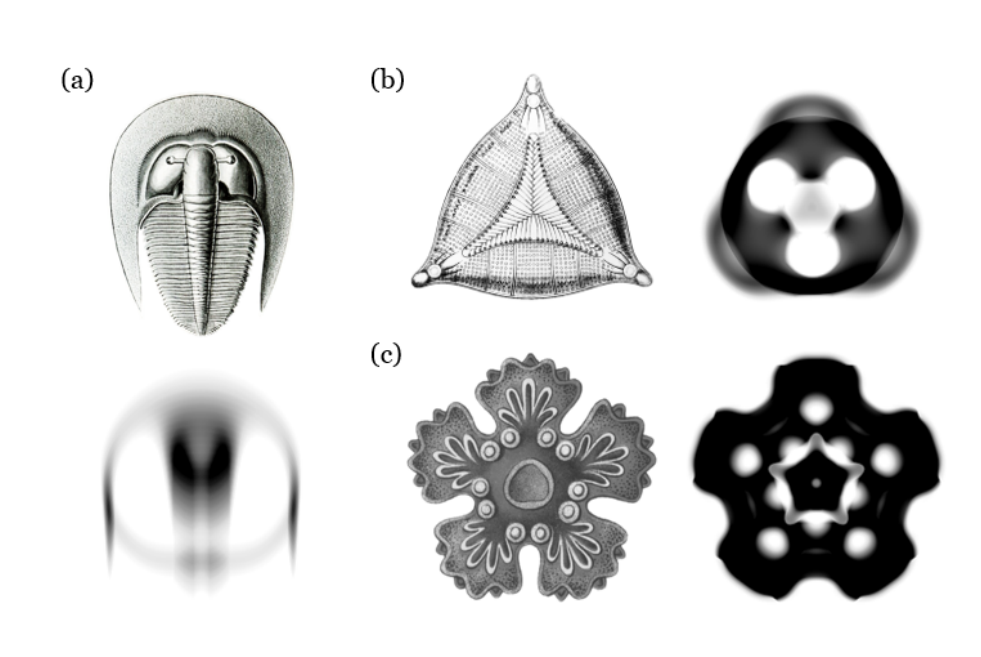
Artificial Life Newsletter 010 -- Plants!
A word from the team
Welcome to the 10th issue of the Alife Newsletter! Congratulations to all who made it to the ALife2023 paper submission deadline, and for those who didn't, workshop deadlines are still upcoming!
This edition celebrates the coming in of the new season: spring is almost here, and, for many of us, that means lots of plants! We have tried to organise this month's newsletter around plant-related content, so we hope you enjoy this month's offering. From plants that can mimic other plants, to papers on self-burying seeds, to aesthetically-pleasing simulations of micro-organisms, this newsletter is filled to the brim with some very creative and interesting projects. You're sure to find at least one interesting thing here.
As usual, we welcome contributions, ideas and suggestions to the newsletter at this form! In particular, we are specially interested in Master and PhD students who want to talk about their own research ideas. Do send us a line!
If you'd like to receive our news, you can subscribe by e-mail here, or by RSS here.
Lana, Imy, Mitsuyoshi, Claus and Katt.
- Solarpunk and Plants in Video Games
- ALife Game: OpenPraparat
- Video: Can Boquila Trifoliolata mimic other plants?
- Paper Review: Autonomous self-burying seed carriers for aerial seeding (Luo et al. 2023)
- Amazing Particles Simulations on GPU
- Media Review: The T2 Tile Project Channel
- Call for Volunteers
Solarpunk and Plants in Video Games
Have you heard of Solarpunk? I had not. According to Wikipedia, "Solarpunk is a literary and artistic movement that envisions and works toward actualizing a sustainable future interconnected with nature and community." I don't play much video games but that is certainly a genre I enjoy, even if I didn't know it had a name!
Last January, Eli posted a Twitter thread on Solarpunk games and games focused on plant simulation. There is a lot of overlap with ALife topics, so I encourage you to go have a look! Here are some images from the thread:


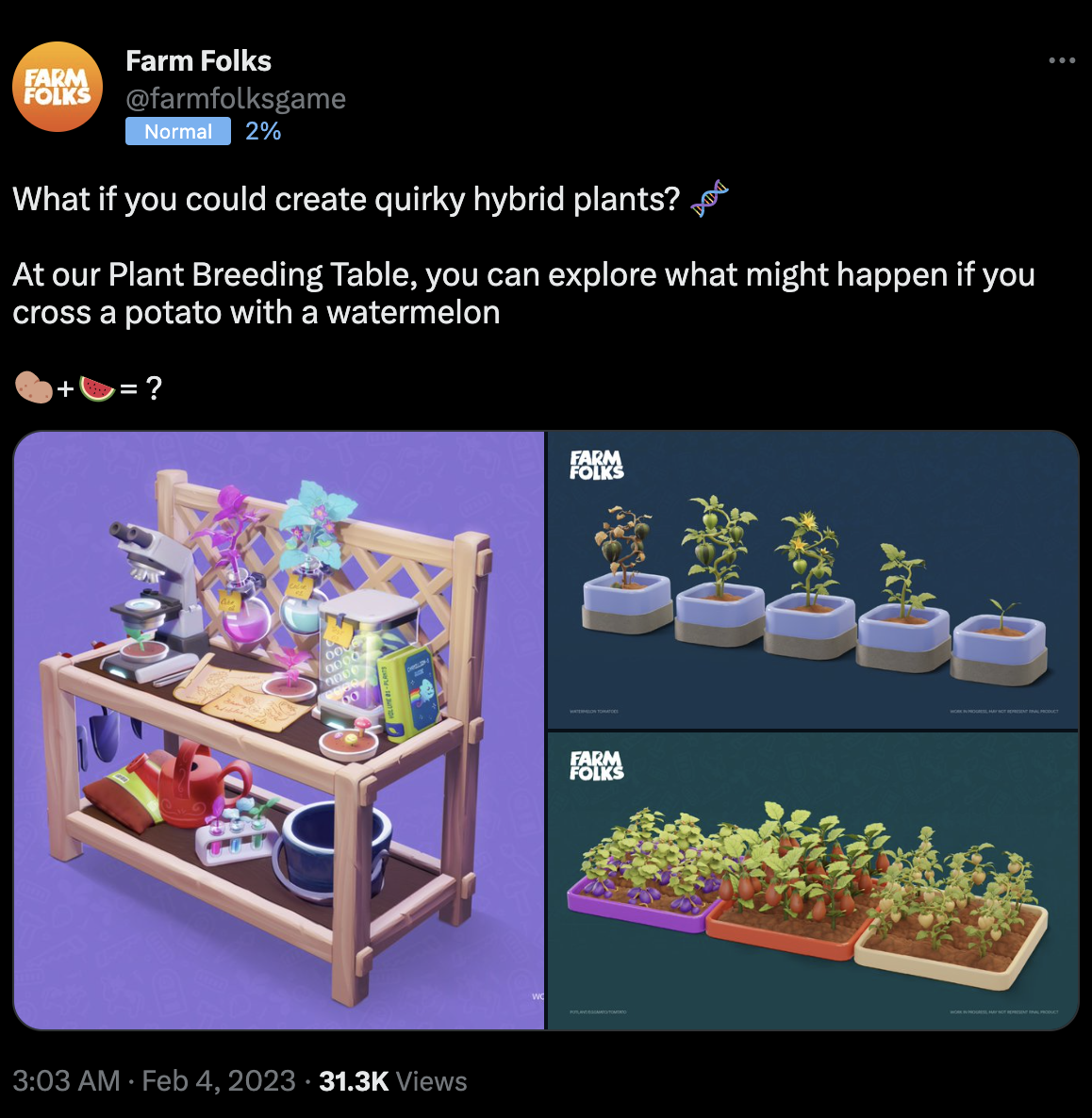
ALife Game: OpenPraparat
OpenPraparat is a code that simulates an artificial life model presented in the paper "Artificial Life using a Book and Bookmarker".
This artificial life model is proposed with the aim of simulating reproduction, development, and individual interactions while providing high expressiveness for morphology and behavior. In this model, an artificial life body is constructed from spheres called cells and springs connecting them. Each cell has a Book as a gene and a Bookmarker that specifies the readout position of the Book. The artificial life body is formed by the cell expanding new cells and connecting around cells, according to the instructions in the Book. In addition, each cell has a neural network and can respond to external stimuli such as contact with other cells and photons.
Currently, two types of creatures have been found in this model. One is a dumbbell-shaped creature, and the other is a reticulated creature.
The dumbbell-shaped creature has a body where two cells are connected, literally shaped like dumbbells. This dumbbell-shaped creature multiplies by asexual reproduction, during which it deploys a white protective organ. This is a trait they have acquired during evolution to make them less likely to be eaten by other creatures.
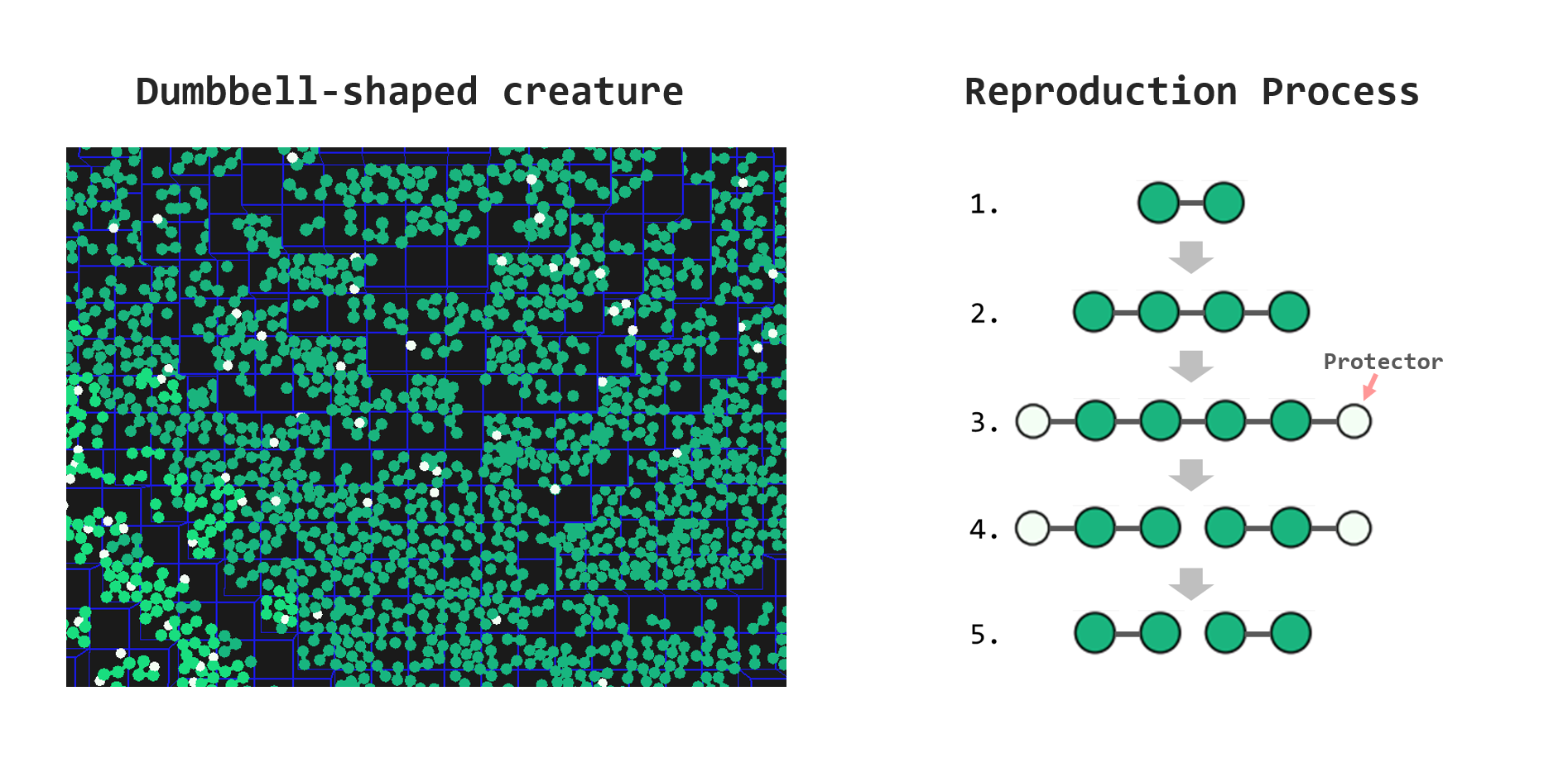
The reticulated creatures are constructed by a large network of many interconnected cells. Its mode of reproduction is asexual, like that of the dumbbell-shaped creatures, but in the case of this reticulated creature, it has acquired the survival strategy of expanding its habitat by tearing off parts of its body and sending them flying far away.
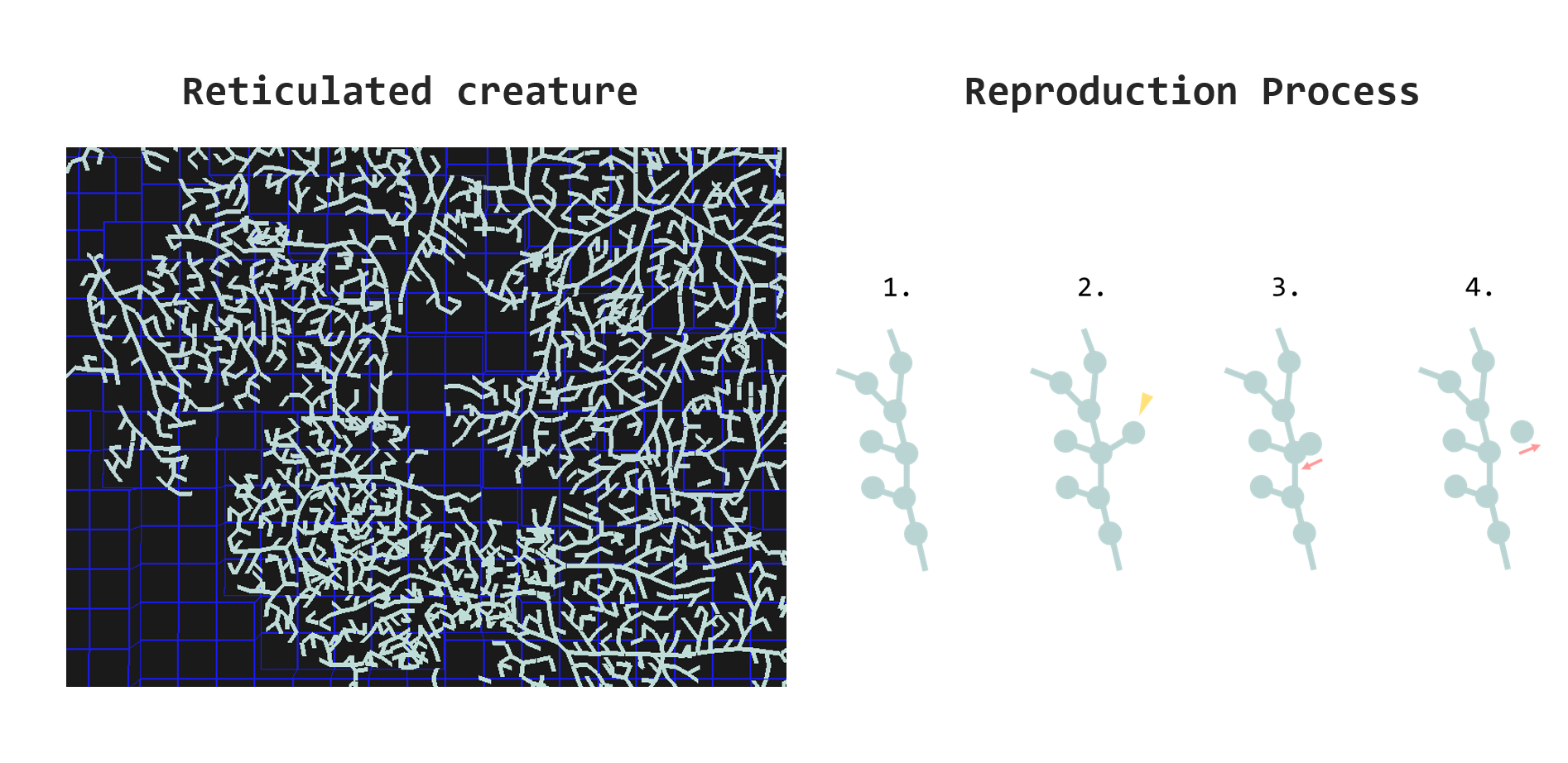
By installing this OpenPraparat, you will be able to simulate these creatures by yourself and also search for new ones!
We eagerly await your reports of the discovery of new species of creatures!
Video: Can Boquila Trifoliolata mimic other plants?
Video from SciHow, shared by Lana
I (Lana) have been intrigued by the Peruvian vine Boquila Trifoliolata for years, and even unsuccefully tried to import some for experiments (if you can help hit me up). That plant is said to (maybe) be able to imitate the shape of other plants around it - unfortunately, the published research on the topic is spare and lacking control experiments. Does it really change the shape of it leaves? Can it actually see shapes, as claimed by one very criticized paper? SciHow recently released a video that summarizes the strange claims arount this plant.
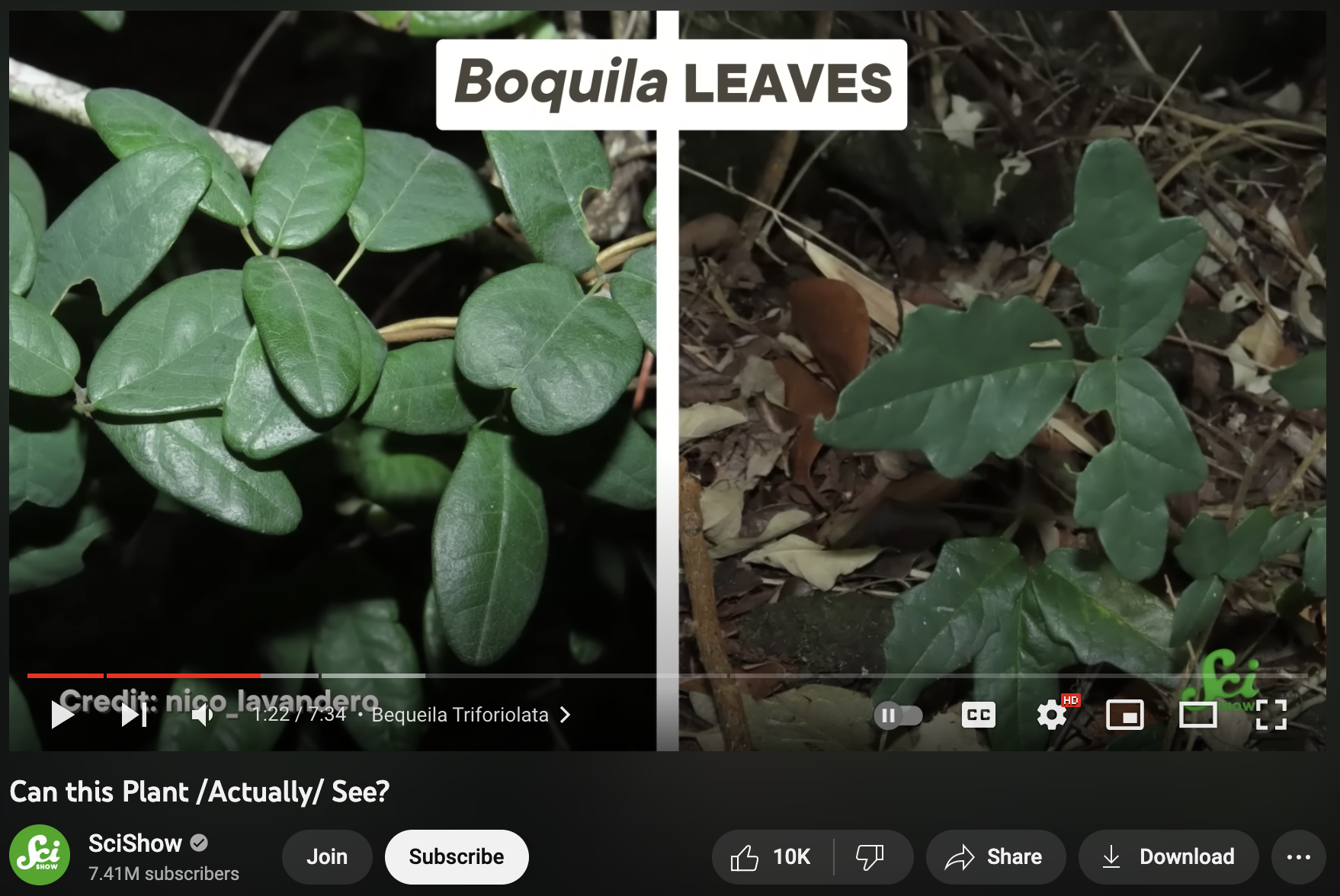
Paper Review: Autonomous self-burying seed carriers for aerial seeding (Luo et al. 2023)
By Imy Khan
Paper Link: LINK
The process of "aerial seeding" (or "re-seeding", or "reforestation") is, as the name suggests, a process by which seeds can be distributed (or sown) over areas of land via aerial means, by using vehicles such as helicopters or drones. These processes are advantageous in some scenarios: being able to sow seeds in hard-to-reach areas (i.e. areas of high elevation), or to (re)distribute seeds across large areas in a time-effective manner (i.e. after a natural disaster) to stop the growth of invasive species, can help maintain or improve levels of vegetation over a given land mass. However, the success of aerial seeding hinges on the seed's ability to successfully sow into the ground that it was dispersed. The morphology of natural seeds, including the payload they can carry and the types of soils they can successfully bury themselves into, have evolved to the specifical ecological niche that they have typically grown in. Therefore, the morphology of natural seed carriers (such as the Erodium seeds) may not be suited for the environmental conditions in which they would need to be distributed through aerial seeding - potentially limiting the success of this type of technique.
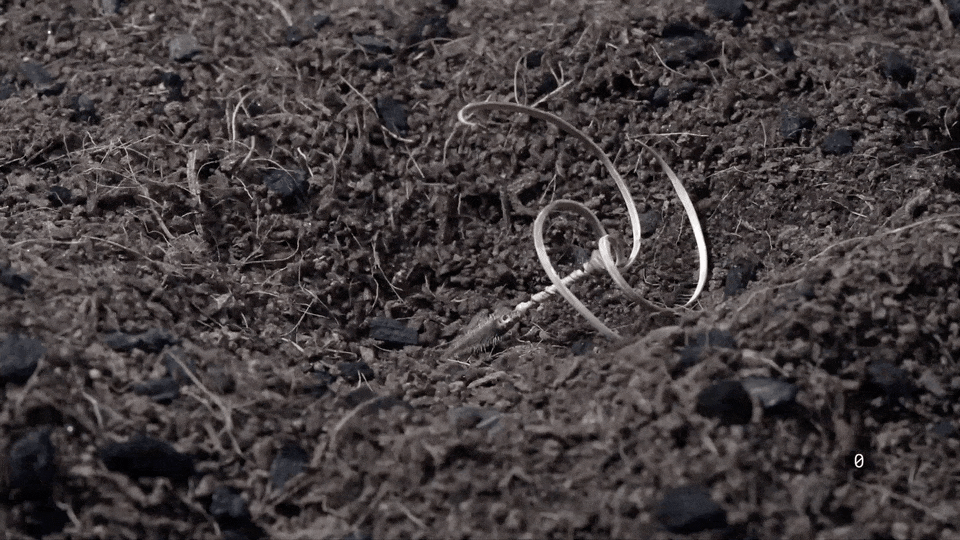
The authors of the paper above looked to address this problem. In it, the authors, who were inspired by the structure and dynamics of a natural seed (Erodium), designed and tested a bio-inspired self-burying seed carrier that may be able to overcome some limitations of natural seed carriers. They describe their design of a number of "three-tailed seed carriers" using wood veneer (selected for its stiff biomass), and also give a wonderful description of their experiments and computer (numerical) simulations to optimise the design of these seed carriers. They tested the efficacy of these designs in both laboratory and outdoor conditions, comparing the performance to the Erodium seed and a number of other (hygroscopic) seeds. Their results show significant success, in terms of anchoring rate and germination rate, for their seed carriers, over their natural counterparts.
Such a short review cannot do the content or the quality of this paper true justice. Nevertheless, it is a pleasant read and an excellent showcase of ALife approaches being applied to natural world problems.
Amazing Particles Simulations on GPU
Lana relaying a thread by Sørb
Sørb has implemented a particle simulator on Unity and the results are not only very aesthetic, they lool like what you'd see looking at pond water under the microscope: teeming with organisms interacting with each othet! Go check out Sørb's work, here is a teaser:
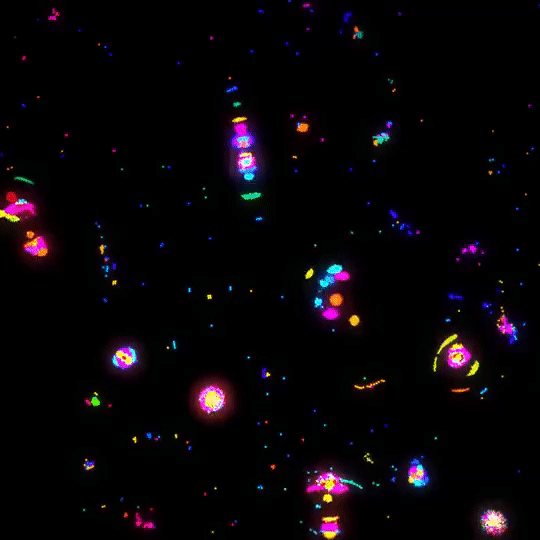
Media Review: The T2 Tile Project Channel
By Claus Aranha
What if we built a computational framework composed of independent units that could be plugged in and out together at will and, more amazingly, online?
This is the premise of the T2 Tile project, developed by Dave Ackley. In his own words:
The T2 Tile project is an attempt to build the world's first indefinitely scalable computational stack. First, we suspend the idea that we must be bound to an architecture based on correct and efficient deterministic hardware and software. Instead, much like the physical world around us, we look to robustness as a foundational requirement, building living systems as vessels for digital computation that is firstly robust, then as correct as possible, and finally, as efficient as necessary.
Maybe you have heard of this project before, but did you know that Dave has been doing a Video Blog of the project on Youtube for the past 4 years?
The videos are short (about 20 minutes), fun, and for me they have been something to look forward to every month. Not only for learning about the project itself, but also to think about how to do science communication in today's media landscape.
Here is for another year of big fun!
Call for Volunteers
-
The newsletter is looking for volunteers to curate content and come up with new ideas! Contact lana.sinapayen {at} gmail.com
-
The Encyclopedia of Artificial Life is live and needs contributions!
-
How cool would it be to have an ALife podcast? If you are interested in helping out contact imytkhan {at} gmail.com